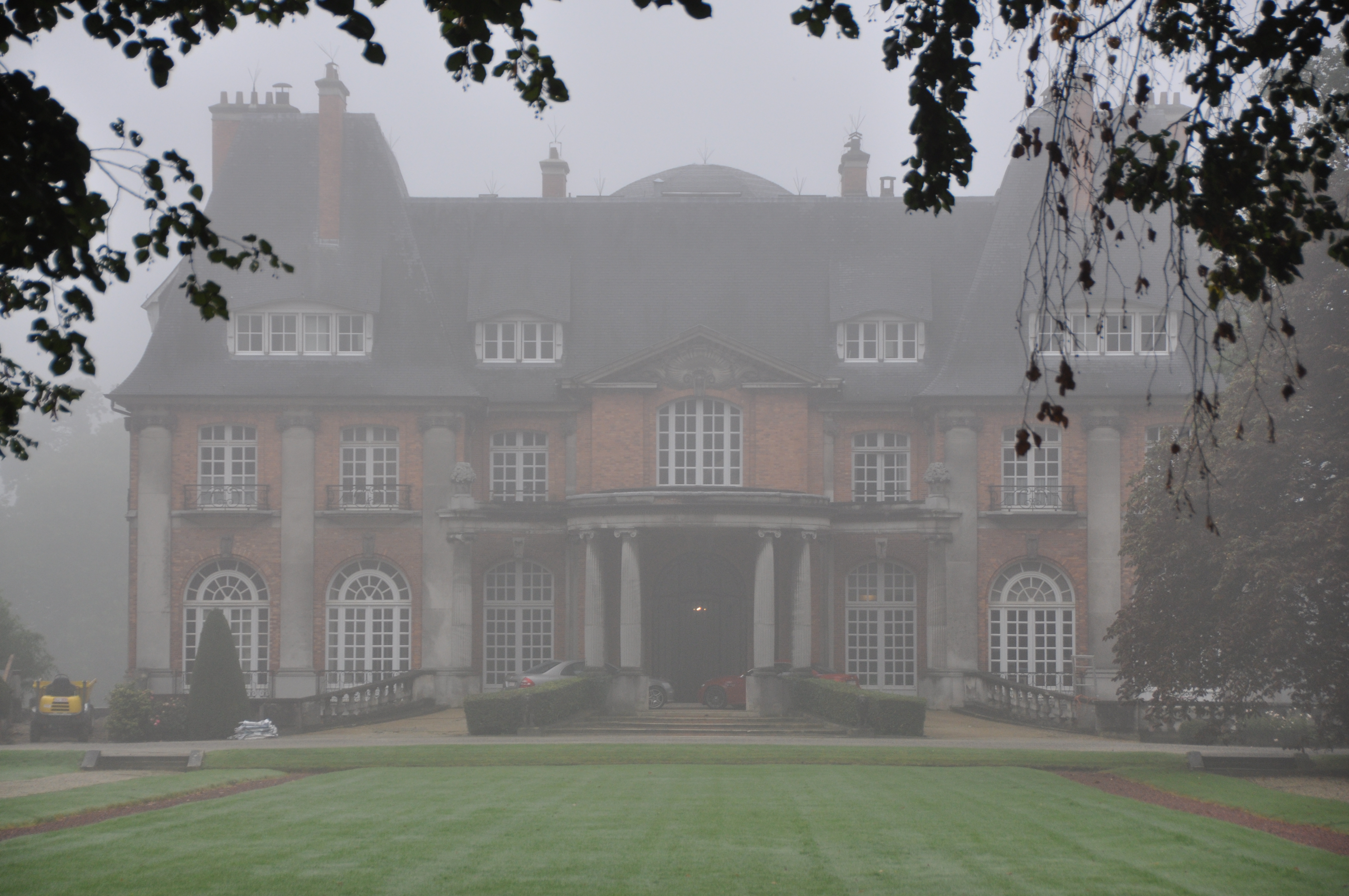Paul Huillard on:
[Wikipedia]
[Google]
[Amazon]
Paul Huillard (; 15 February 1875 – 11 February 1966) was a French
 Paul Huillard was born in
Paul Huillard was born in
designer
A designer is a person who plans the form or structure of something before it is made, by preparing drawings or plans. In practice, anyone who creates tangible or intangible objects, products, processes, laws, games, graphics, services, or exper ...
and architect
An architect is a person who plans, designs, and oversees the construction of buildings. To practice architecture means to provide services in connection with the design of buildings and the space within the site surrounding the buildings that h ...
who collaborated on many projects with Louis Süe.
Career
Santiago
Santiago (, ; ), also known as Santiago de Chile (), is the capital and largest city of Chile and one of the largest cities in the Americas. It is located in the country's central valley and is the center of the Santiago Metropolitan Regi ...
on 15 February 1875.
Huillard studied at the ''École des Beaux-Arts
; ) refers to a number of influential art schools in France. The term is associated with the Beaux-Arts architecture, Beaux-Arts style in architecture and city planning that thrived in France and other countries during the late nineteenth centu ...
'' under Victor Laloux (1850–1937).
He was a classmate of the architect Louis Süe.
He qualified as an ''Architecte DPLG''.
He married Jeanne Moreau on 17 April 1907.
From 1903 to 1912 Huillard and Süe worked as the ''Agence Süe et Huillard''.
They made a series of dwellings, particularly for their painter friends.
Huillard and Süe collaborated on a row of buildings of the Rue Cassini, Paris.
Other works included a group of artists workshops on Boulevard du Montparnasse (1908–12), the ''Hôtel de Couture'' of Paul Poiret
Paul Poiret (20 April 1879 – 30 April 1944) was a French fashion designer, a master couturier during the first two decades of the 20th century. He was the founder of his namesake haute couture house.
Early life and career
Poiret was bor ...
(1909) and the Château de La Fougeraie
The Château de La Fougeraie, also called the Château Wittouck, is a stately home in Belgium built in 1911 for the industrialist Paul Wittouck. The château is located in Uccle, on the outskirts of Brussels, in the Sonian Forest.
History
The ...
(1911) in Brussels.
The château was built for the industrialist Paul Wittouck (1851–1917).
Sue, Huillard and the decorator Gustave Louis Jaulmes avoided Art Nouveau
Art Nouveau ( ; ; ), Jugendstil and Sezessionstil in German, is an international style of art, architecture, and applied art, especially the decorative arts. It was often inspired by natural forms such as the sinuous curves of plants and ...
for the château, and instead chose the fashionable Louis XVI style "à la Grecque".
Huillard and Süe also designed furniture.
They were involved in interior decoration, and regularly exhibited at the '' Salon d'Automne''.
Huillard exhibited an Art Deco
Art Deco, short for the French (), is a style of visual arts, architecture, and product design that first Art Deco in Paris, appeared in Paris in the 1910s just before World War I and flourished in the United States and Europe during the 1920 ...
bedroom at the 1913 ''Salon d'Automne''.
He also showed a model dining room at this Salon.
In the French section of the 1925 International Exposition of Modern Industrial and Decorative Arts
The International Exhibition of Modern Decorative and Industrial Arts () was a specialized exhibition held in Paris, France, from April 29 (the day after it was inaugurated in a private ceremony by the President of France) to November 8, 1925 (O ...
Paul Huillard designed the "library", a well-lit hall in which bindings, printed pages and engravings were displayed.
In the 1930s Huillard created an educational game, ''Bâtir'', with wooden blocks in various shapes and sizes painted with doors and windows. The blocks could be assembled in different combinations to make houses.
Paul Huillard became a specialist in the faience
Faience or faïence (; ) is the general English language term for fine tin-glazed pottery. The invention of a white Ceramic glaze, pottery glaze suitable for painted decoration, by the addition of an stannous oxide, oxide of tin to the Slip (c ...
of the Yonne
Yonne (, in Burgundian: ''Ghienne'') is a department in the Bourgogne-Franche-Comté region in France. It is named after the river Yonne, which flows through it, in the country's north-central part. One of Bourgogne-Franche-Comté's eight con ...
department.
In 1960 he published a book on the faience of Auxerre
Auxerre ( , , Burgundian language (Oïl), Burgundian: ''Auchoirre'') is the capital (Prefectures in France, prefecture) of the Yonne Departments of France, department and the fourth-largest city in the Burgundy historical region southeast of Par ...
from 1725 to 1870.
Huillard assembled a large collection of faience objects, and installed his collection in the house where Georges Moreau was born, a pleasant bourgeois residence from the 19th century typical of the local architecture.
He died on 11 February 1966 in Paris at the age of 90.
He bequeathed the house and faience collection to the town of Villiers-Saint-Benoît
Villiers-Saint-Benoît () is a commune in the Yonne department in Bourgogne-Franche-Comté in north-central France.
See also
*Communes of the Yonne department
The following is a list of the 423 communes of the Yonne department of France
...
, where it is now the ''Musée d'Art et d'Histoire de Puisaye''.
See also
*Art Deco in Paris
The Art Deco movement of architecture and design appeared in Paris in about 1910–12, and continued until the beginning of World War II in 1939. It took its name from the International Exhibition of Modern Decorative and Industrial Arts, Intern ...
Publications
*Notes
Sources
* * * * * * * * * * * * {{DEFAULTSORT:Huillard, Paul 1875 births 1966 deaths French designers 20th-century French architects